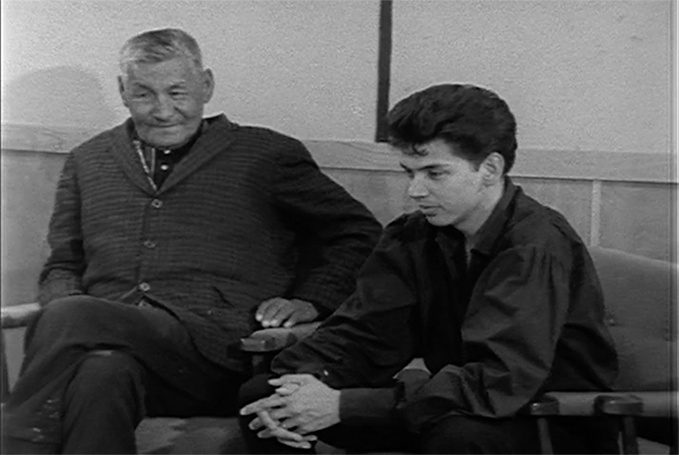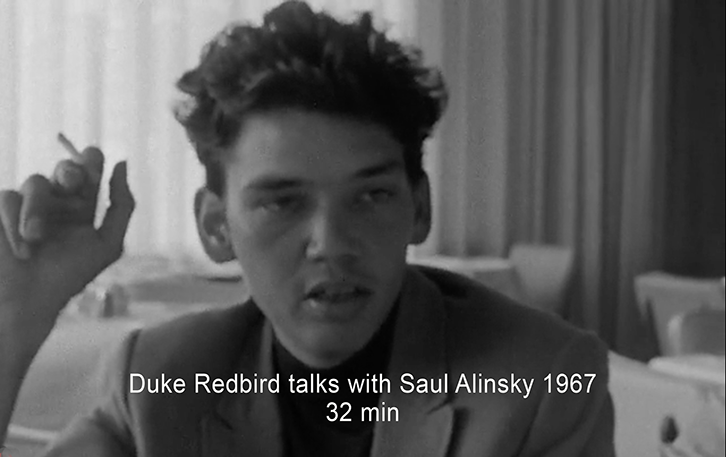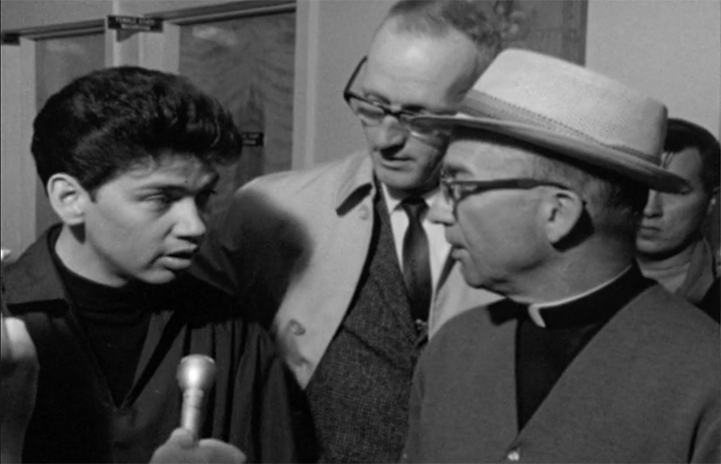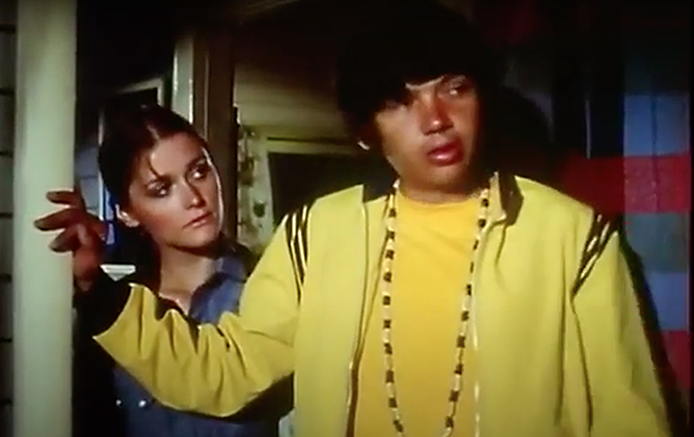DUKE'S POETRY FEATURED IN DIRECTOR X's FILM NEW MONUMENTS 2021
“New Monuments,” a co-production between the Luminato Festival Toronto 2021 and Director X, traces the history of Turtle Island from before the first contact between Indigenous peoples and Europeans up until the present day and beyond. Click to watch full film.
Duke and the mass media
Early in his professional career , Duke developed a love of mass media as a medium for his message as an Indian Spokesperson. Since his first television appearance in 1964, he had been on dozens of radio and television programs. In his early 20’s he talked about the plight of the Indians on shows like Take Thirty, Pierre Berton, Perry’s Probe, Elwood Glover, The Morning After and the National News. In 1968 he began appearing in dramatic roles. His first dramatic appearance was as a dancer in The Forest Ranger Series. This led to a small part in Quintin Jurgens, and McQueen, and a major role in Rainbow Country which began in 1970. He appeared in three documentaries, Indian Dialogue, Pow Wow at Duck Lake and Encounter with Saul Alinsky Part 2, before writing a script and doing the commentary for a Film Canada production called Indian Pow Wow, and a poetry reading for The Tommy Hunter show.
Duke then moved to Ottawa and started working on a few projects of his own. He got a contract with the National Film Board to do a satirical film based on Charlie Squash - a character he had created for the Thunderbird newspaper. The film was sold to the NFB to Columbia pictures and was released in the summer of 1970 in theatres across the country.
“I figured if I was going to have any real power in changing the status quo I would have to re-direct the forces I had going for myself toward the media, and the indications are that the choice was the right one. I’m able to function in the media and gain access for a revolutionary kind of thing, but I think of myself more as an evolutionist than a revolutionary because the social evolution in North America is eventually going to favour the Indian.”
Duke,1970
Duke and other young revolutionaries argue their ideas against the blunt pragmatism of American activist and writer Saul Alinksy, author of the book “Rules for Radicals”. 1967
Duke talks to a priest about the negative impacts of the residential schools and Indigenous education in Canada, 1967
Directorial Debut
Charlie Squash Goes To Town, 1969
Writer, Artist, Director
This satirical short pokes gentle fun at Indigenous stereotypes and challenges the idea that Indigenous youth should seek to blend into mainstream society.
To Walk With Dignity, 1972
Writer, Director, and Actor
A pinnacle moment in the career of poet Duke Redbird, To Walk With Dignity demonstrates perfectly the difficulty of communication between Indigenous communities in Canada and the white administrators who represent the government and its policies. Duke’s script had four Indigenous participants on one side of a meeting table and the same four Indians in whiteface on the other side. Each side spoke English and talked about the same problems, each in its own style, with absolutely no communication. In 2021 Duke reflects on how this early film represents the THE DIVIDED BRAIN, a theory put forth by scientist and author, Iain McGilchrist's who argues that the differing world views of the right and left brain (Duke refers to this as the Indigenous “right” brain, and the European “left” brain) have shaped Western culture and the growing conflict between these views has implications for the way the modern world is changing.
To Walk With Dignity by Duke Redbird




